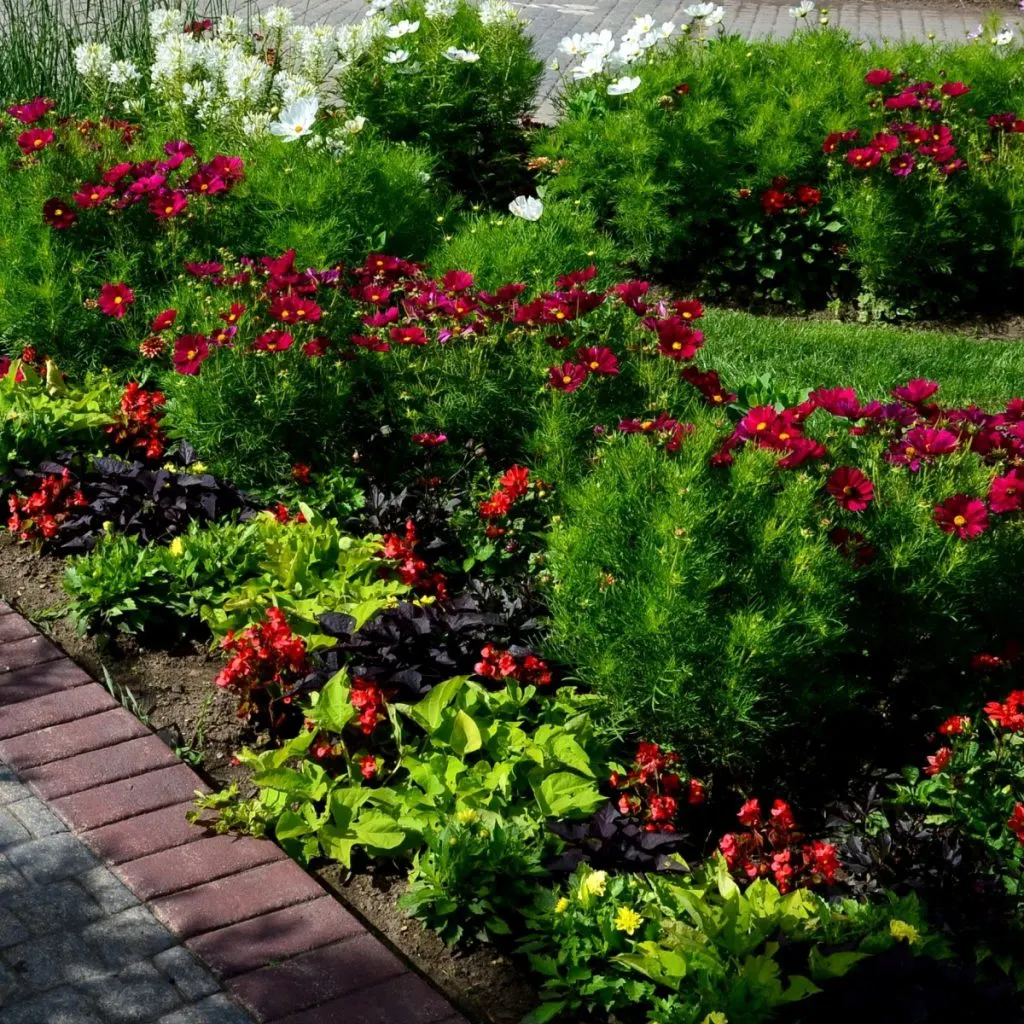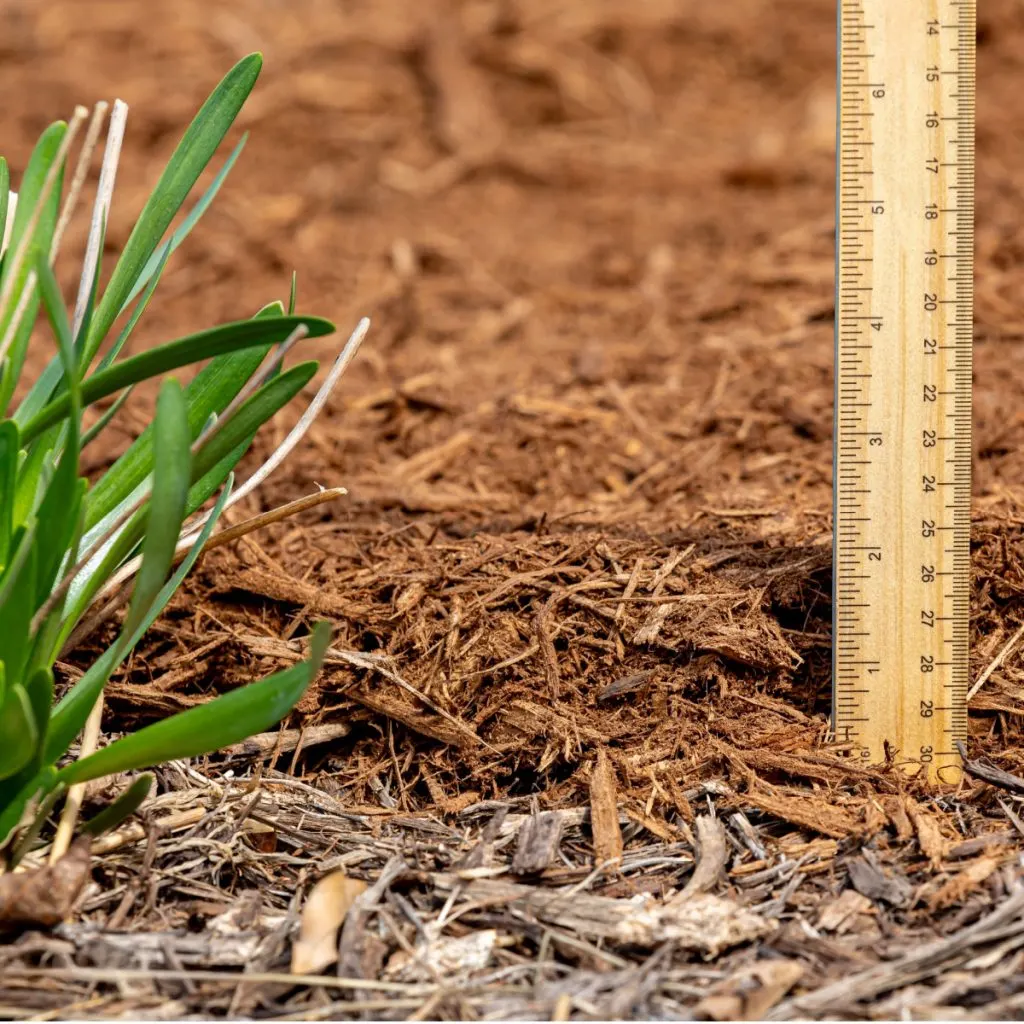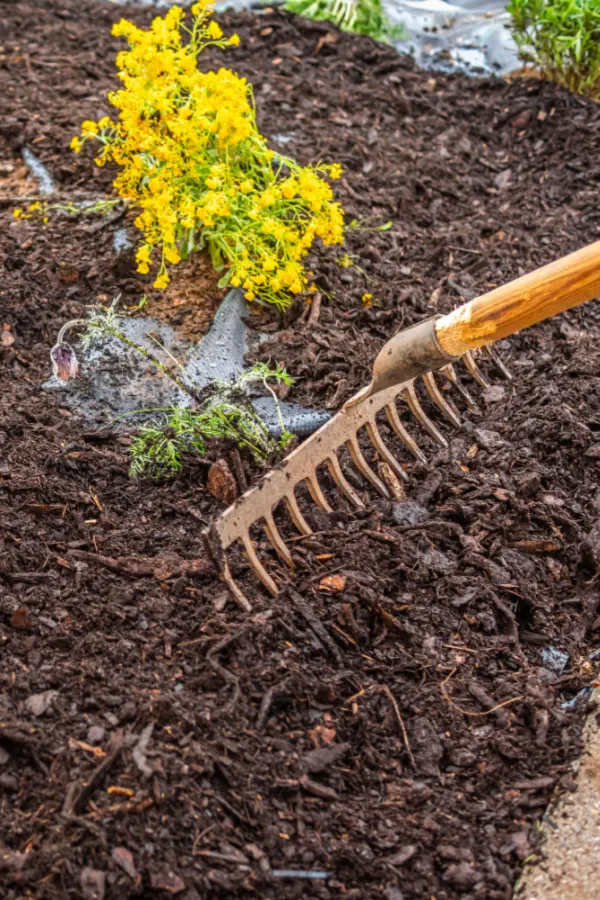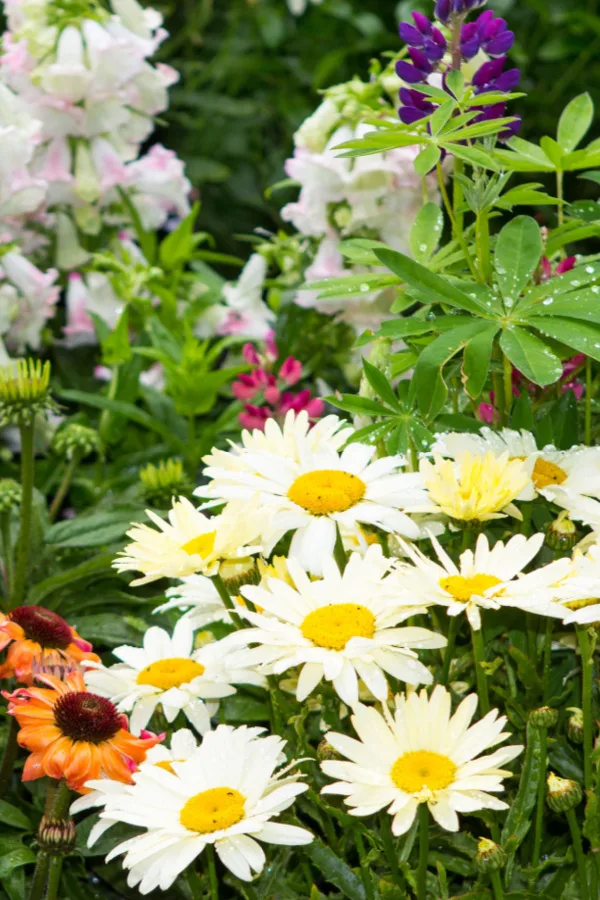Did you know that by simply following 3 very basic tips – you can easily and almost effortlessly keep your flowerbeds weed free all through the spring, summer and fall?
It’s true! If you are tired of battling weeds year after year, only to give up on your flowerbeds by mid-summer, it’s time to stop the madness. And you really won’t believe how easy it can be. In fact, it probably means actually working less than you ever have in year’s past!
Weeds cause far more problems than simply making flowerbeds unsightly. As they grow and establish their roots, they steal valuable nutrients and moisture from the soil. Even more importantly, they steal it away from the perennials and annuals growing in your flowerbeds!

But here’s the good news, keeping your flowerbeds weed free doesn’t have to mean spending countless hours weeding and re-weeding. Nor does it have to mean resorting to harmful sprays that can be dangerous to pets, children – and your plants too.
With low-maintenance, weed free gardening in mind – here’s a look at how to work less – and have the best flowerbeds on the block!
3 Simple Tips To Keep Your Flowerbeds Weed Free This Year – Without Spraying!
1. Eliminate Bare Soil
The number one way to stop current and future weeds from finding a permanent home in your flowerbeds is to keep the surface of the soil covered at all times – and the best way to do that is with a thick, heavy coat of mulch. Not just in the spring, summer and fall months, but all throughout the winter too.
Open soil in a flowerbed provides easy access for weed seeds to self-plant. Just as with most annual and perennial plants, weeds produce flowers with seed heads. And those seeds can quickly and easily be distributed and deposited into open bed spaces by the wind, birds, and other wildlife.
Unfortunately, once they find bare soil, weed seeds will quickly sprout and take root. But by simply covering your soil with a thick coating of mulch, you can stop that cycle in its tracks. And in the process, eliminate one of the biggest sources of weeds in your flowerbeds.

But how you mulch and how you maintain it is the real secret to having weed free beds, or flowerbeds that need constant attention.
Using Mulch To Keep Flowerbeds Weed Free
Mulch actually serves a whole slew of beneficial purposes when properly applied to flowerbeds. Not only does it provide a barrier for weed seeds, it also helps regulate soil temperature and conserve moisture. It can also add valuable nutrients to the soil as it breaks down.
But just using mulch isn’t enough. It also needs to be put down and maintained correctly to help eliminate future weeds from your flowerbeds.
One of the most common mistakes made when mulching is failing to put down a thick enough layer in the beds. One or two inches of mulch is simply not enough. Not enough to protect plants – and certainly not enough to keep weed seeds from finding a home in the soil below.
To be effective as a weed barrier, the layer of mulch in a flowerbed needs to be kept at a minimum of four inches in depth, with six inches being ideal. Anything less, and weed seeds will continue to cause havoc. (See: The 3 Most Common Mulching Mistakes – And How To Avoid Them For Weed Free Flowerbeds!)
Listen In To Our Podcast Below On Keeping Flowerbeds Free Of Weeds With Ease!
2. How To Work Less – And Still Keep Flowerbeds Weed Free
Now let’s cover the ” working less is working more” part. Once your thick layer of mulch is in place, don’t disturb it! One of the biggest mistakes made by gardeners in their flowerbeds is to rake, turn over, or “freshen up” their mulch. Believe it or not, this actually is one of the best ways to create more weeds!
Unfortunately, although raking or turning the mulch may give it a fresh look, it also creates weeds. And a lot of them. Every time mulch is disturbed by raking and turning, all of the seeds that have been trapped in the layer of mulch get turned over to the bare soil underneath.
On top of the surface, seeds struggle to find the ability to sprout. But as soon as the mulch is stirred, they quickly find a home underneath the surface. Even worse, once turned under, the mulch now actually serves to help them survive and thrive – much as it helps your flowers do the same.
Resist the urge to turn over mulch. Keep the mulch barrier intact to keep weed seeds from finding soil. Instead, freshen up with a light coat of new mulch every few months if you think your mulch needs spruced up. This also helps keep the layer thick enough to repel future weed seeds.

Don’t Forget To Mulch In The Fall
One of the biggest mistakes many gardeners make with mulch is not mulching in the fall. It’s just as if not more important than spring mulching! It’s vital to always apply a thick coating of mulch in the fall before winter arrives.
By keeping the level of mulch at four to six inches, plants will be more insulated from winter damage – and from allowing weed seeds to find a home. See our article: Why You Need To Mulch Flowerbeds In The Fall
3. Fill Flowerbeds With More Plants – And Less Mulch
With all of the talk above how important mulch is in flowerbeds – you might find it surprising that you should actually should be using less with each passing year. Why? Because you should be making sure you have less area to mulch!
The best way of all to keep your flowerbeds weed free forever is to simply not give them any room at all to find a home in the first place. And the best way to do that is to fill your flowerbeds chock full of as many plants as you can.
Here is even better news, filling your beds with plants doesn’t have to be expensive. As late summer and fall approach, divide and split overgrown perennials to fill in open spaces. It not only adds to the beauty of your beds, it also cuts future weeding chores greatly.

When it comes to covering bare soil, the absolute best mulch of all is a living mulch. And it also happens to be the number one way to eliminate future weeds from flowerbeds.
Instead of having wide open spaces that constantly need mulch for protection, fill your flowerbeds full of plants. The more the better. Thick plantings of annuals and perennials are the best defense for crowding out and preventing future weeds.
The benefits don’t stop there. Dense planting helps to conserve moisture in the soil, meaning less watering time for you. It can also save huge on your garden budget. After all, the less you need to mulch, the less mulch you have to buy. Here is to keeping your flowerbeds weed free this year – and beyond!
This Is My Garden
Follow Our Facebook Page For Great Gardening Tips And Advice! This Is My Garden Facebook Page
This Is My Garden is a garden website created by gardeners, for gardeners. Jim and Mary Competti have been writing gardening, DIY and recipe articles and books and speaking for over 15 years from their 46 acre Ohio farm. They publish three articles every week, 52 weeks a year. Sign up today to follow via email, or follow along!
